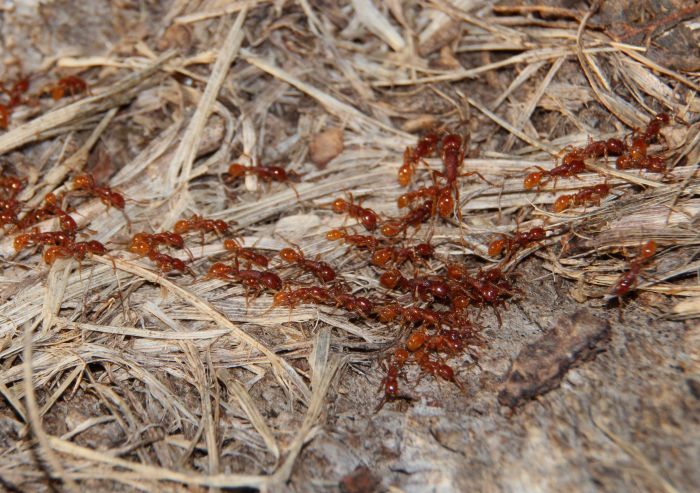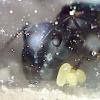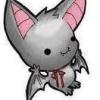These Neivamyrmex opacithorax images were taken on the past two relatively warm and sunny afternoons, from a bivouac in the hollow of a cut-off tree stump. Numerous males were still in the bivouac, even at this late date. It seems unlikely they'll get to fly, now. These have been uploaded to the Gallery - Still learning how to make them appear big here in the post...


Edited by James C. Trager, November 6 2014 - 11:56 AM.
Fixed images


























